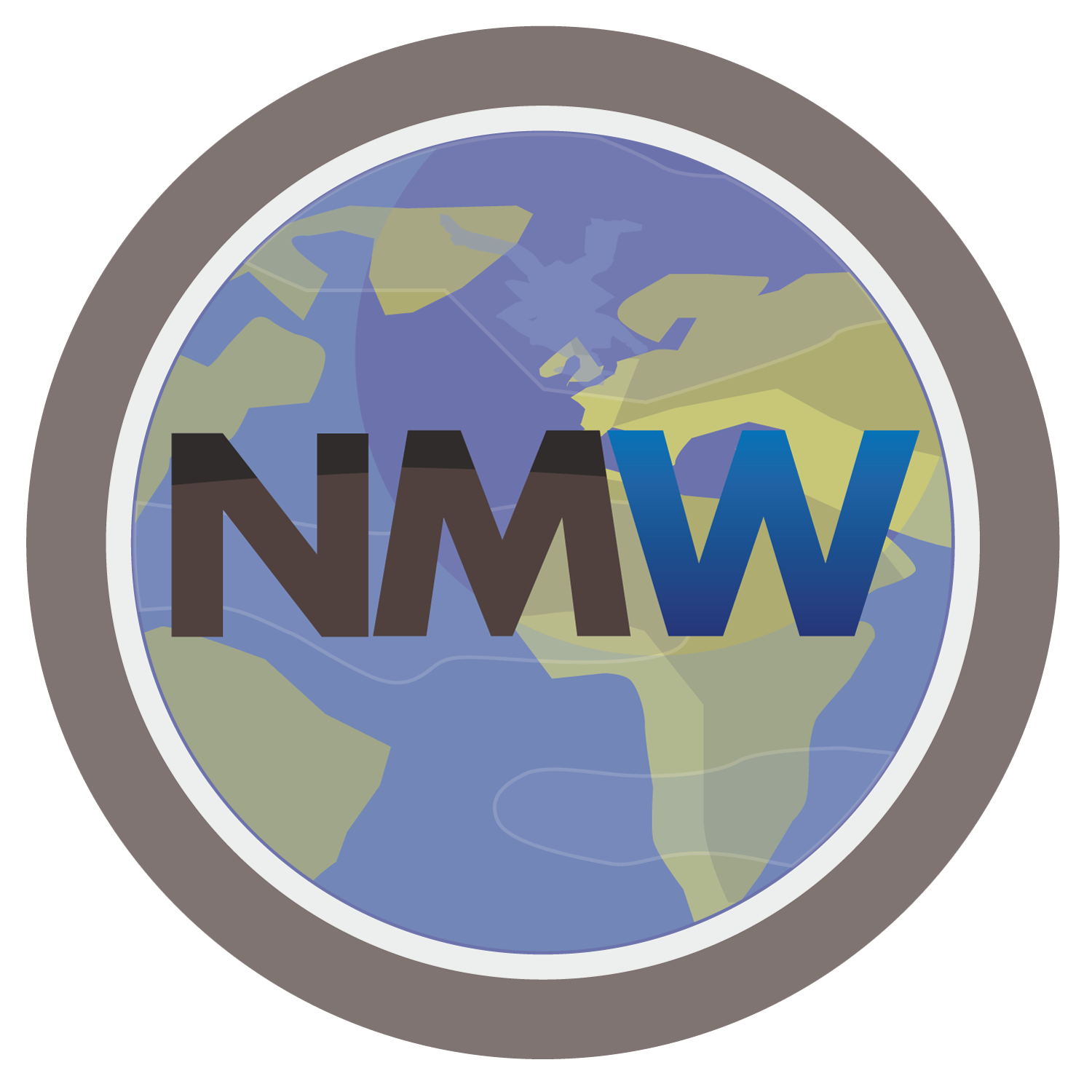A car drives up to another in a parking lot. Two drivers exchange words. Tumbleweed blows by. The conversation concludes, and the other car drives away. Scene!
In movies, scenes are units of drama that happen in one setting. Strung together, scenes create the story and make the places, people, and feelings accessible. And so it goes with writing.
Scenes are most helpful in constructing travel essays, as they allow the writer to jump in and out of an on-going story while knitting in their own thoughts or important information. Anecdotes and scenes can be similar in contents, but think of scenes as a series or progressive line rather than a one-off inclusion.
Maybe you took a week-long trip from which you came away with concluding thoughts about people and places. Here’s a possible formula for crafting a travel essay with scenes.
In my story, I want to touch on Observation A, Reality B, and Personal Realization C.
- Scene A (gives reader context of Observation A)
- Action / Dialogue
- Descriptions
- Background info
- Observation A
- Scene B (gives reader example of Factual Reality B)
- Action / Dialogue
- Descriptions
- Background info
- Factual Reality B
- Scene C (gives reader POV of author to better connect with Personal Realization C)
- Action / Dialogue
- Descriptions
- Background info
- Personal Realization C
Between the bullet points of this formula are places where an author’s voice and style can shine. The transitions between these scenes and main ideas should gracefully connect the components of your story.
Regardless of what you choose as your event, what matters is the movement between the scenes and the narrator’s ruminations, thoughts, and whatever information is offered. It must be dynamic…When done well, this movement from background information back to scene not only educates the reader but creates this effect of time having passed in the story.
(Miller, 2009)
Following chronological order can make stringing these story components together much easier. If you’re telling the story of a journey, an adventure, or a time in your life, it will naturally have forward movement that, when supported by your transitions, engages the reader and helps them relate to your realizations.
